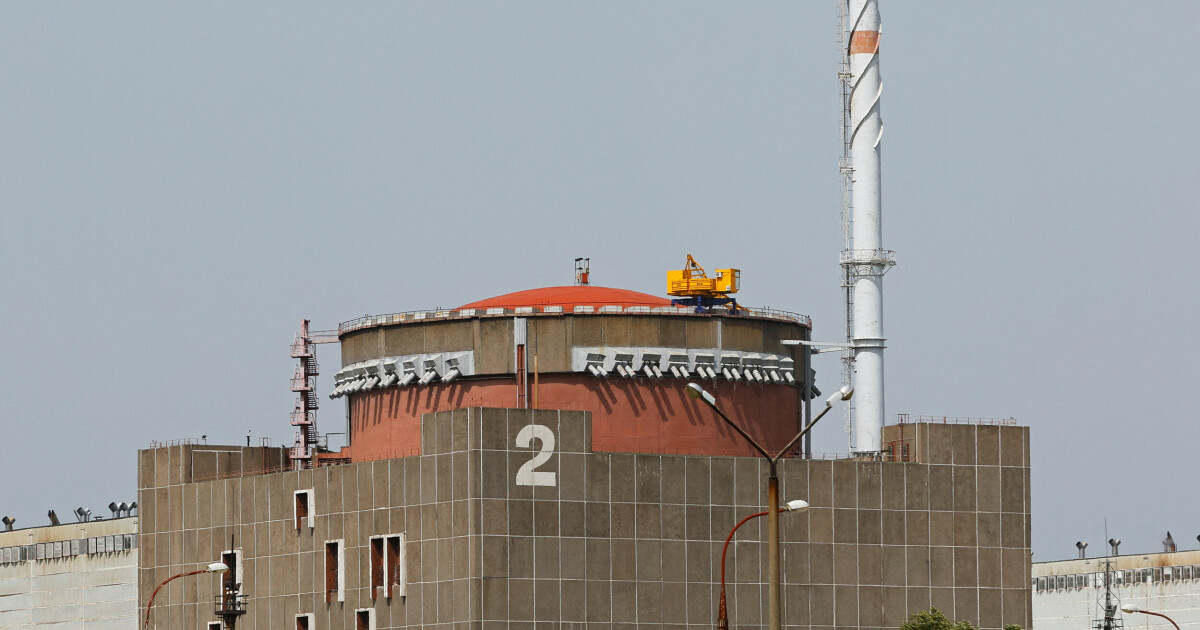The Atomic Energy Agency, which operates the four nuclear power plants in Ukraine, claims that Russia is behind the bombing of the nuclear power plant in the past 24 hours.
– As a result of the bombing of Zaporizhzhya, the infrastructure of the nuclear power plant is damaged, there is a danger of hydrogen leakage and leakage of radioactive materials. Energotoam writes on Telegram on Saturday that the fire risk is very high.
The nuclear power plant in Zaporizhia is the largest in Europe and has been occupied by Russia since March. Heavy fighting around the plant has long caused international concern about a nuclear catastrophe.
Blame Ukraine
Russian defense authorities have claimed that Ukrainian forces bombed the besieged Zaporizhzhya nuclear power plant area in southern Ukraine three times in the past 24 hours, Reuters reports.
The information has not been verified.
Ukrainian President Volodymyr Zelensky said, on Friday, that the Russian grenade attacks led to forest fires on Thursday, which in turn caused the power plant to be disconnected from the grid, and that two reactors had to be shut down urgently.
For its part, Russia has blamed the Ukrainians, who they believe are increasing tensions in the region.
The nuclear power plant is now connected to the power grid again, and the reactors are operating normally. According to Zelensky, the world came “one step closer” to the nuclear disaster on Thursday.
Worry
The Zaporizhzhya nuclear power plant is the largest in Europe with six reactors.
– we are worried. Øyvind Selnæs, Division Director for Preparedness Analytics at the Directorate of Radiation Protection and Nuclear Safety, says we are following the situation closely. It can already be verified.
The Directorate for Radiation Protection and Nuclear Safety says that a nuclear disaster could spread to Norway, depending on wind and weather conditions. However, Selnæs notes that it will usually take more than 48 hours before he reaches Norway. This means that we can then take action if necessary.
Selnæs further says that a potential nuclear disaster at Zaporizhzhya would not lead to the same type of disaster as the Chernobyl accident in 1986.
This is justified by the fact that there are significant differences between the types of reactors. While Chernobyl had RMBK reactors, Zaporizhzhya has VVER reactors.
– RMBK reactors use combustible graphite as a medium, which was of great importance for the long-term fire after the Chernobyl accident. VVER reactors don’t contain graphite, so if the reactors at Zaporizhia were damaged, it wouldn’t cause such a fire, says Selnæs.

“Web specialist. Lifelong zombie maven. Coffee ninja. Hipster-friendly analyst.”




